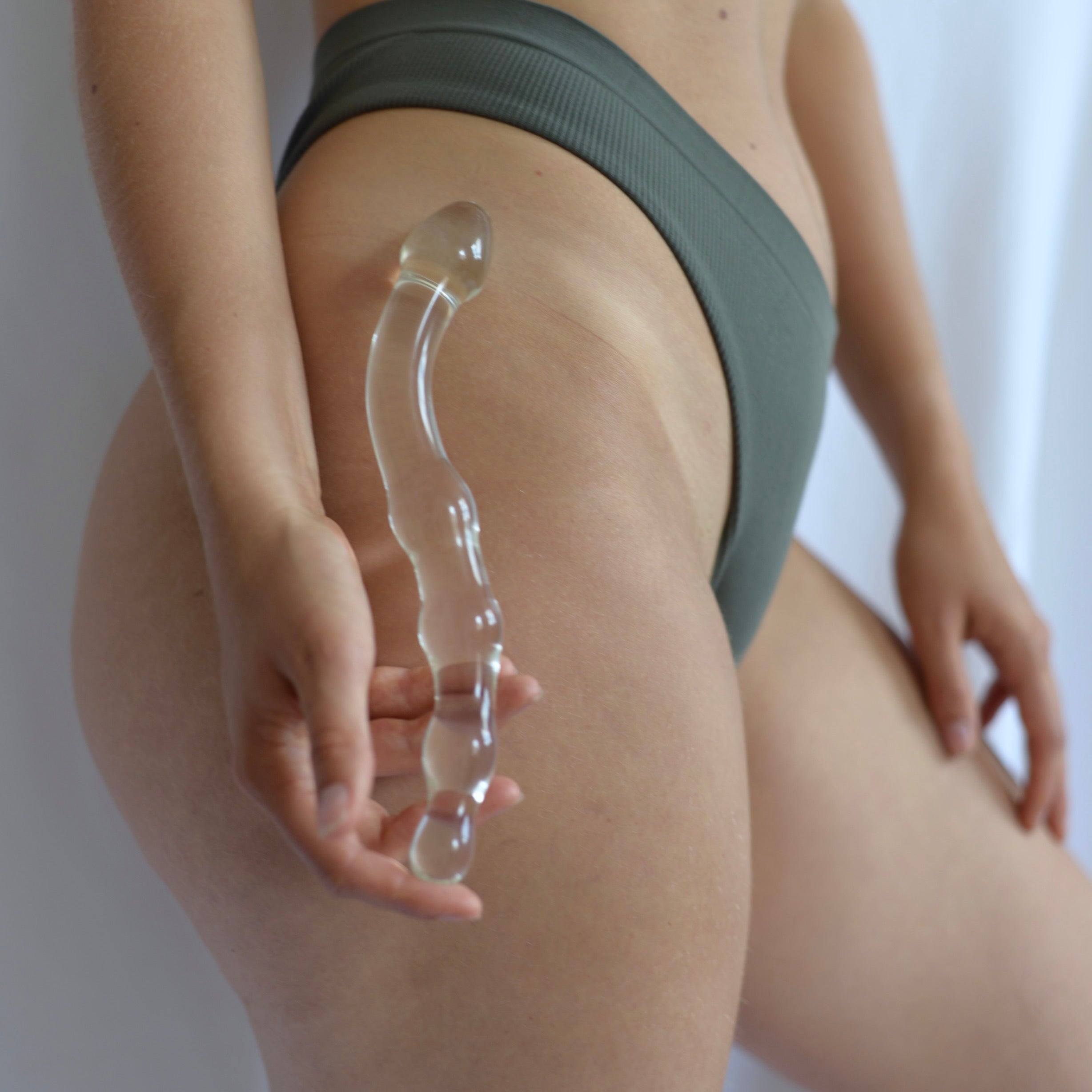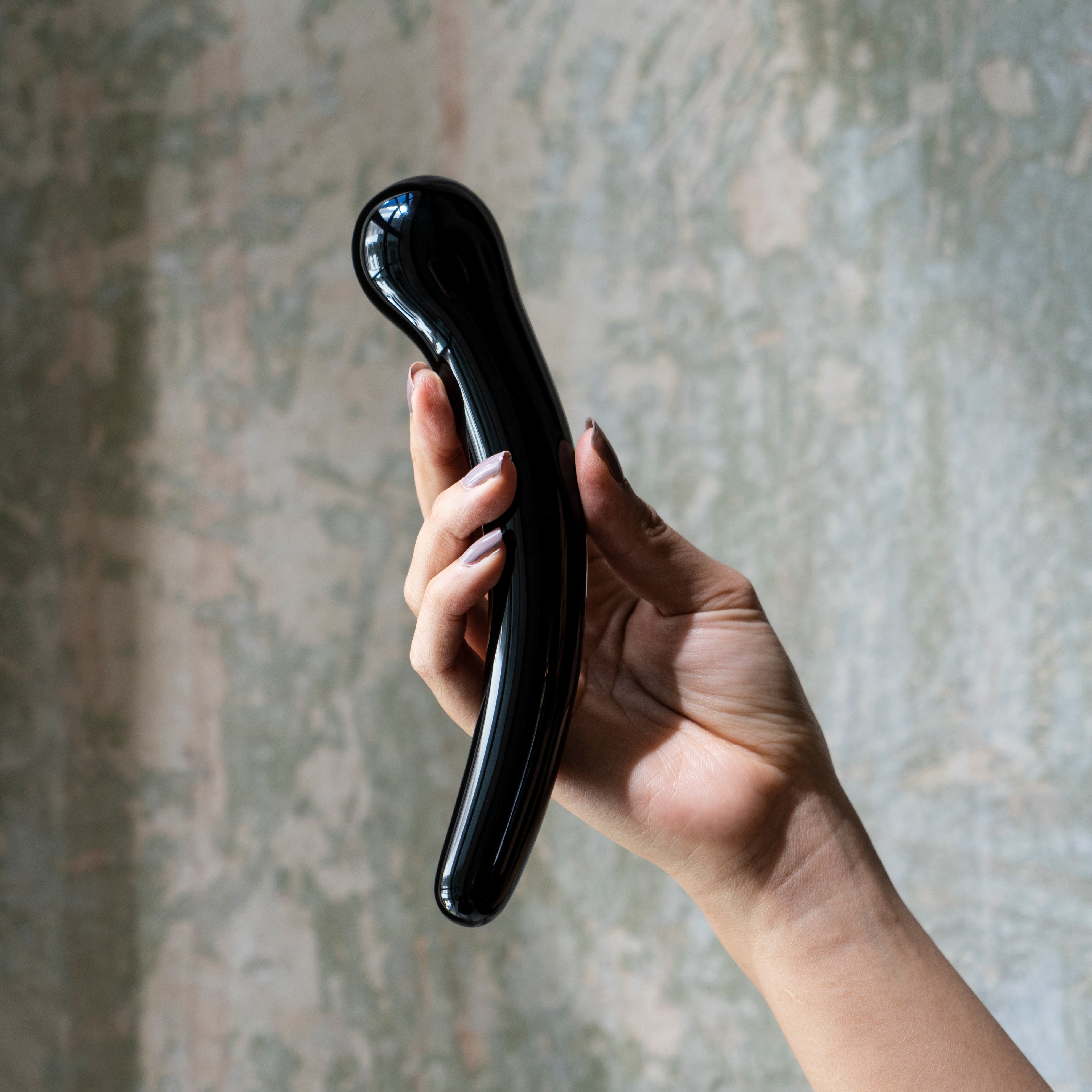
Ultimate Guide to Pelvic Floor Exercises: How to Tone and Strengthen your pelvic floor Effectively and Safely
What are pelvic floor muscles?
Our pelvis holds a group of muscles known as the pelvic floor. These muscles act as the strong foundation of your pelvis, enclosing vital organs like the bladder, intestines, and uterus (in females). They create a protective barrier, separating the upper pelvic cavity from the lower region between the anus and external genitals.
The pelvic floor is a true superhero! It provides support for your abdomen and pelvis, ensuring everything stays in its proper place. It plays a crucial role in important functions such as maintaining control over your bowels and bladder, allowing you to go about your day without interruptions. Your pelvic floor is also actively involved in activities like urination, defecation, sexual pleasure, and the miraculous journey of childbirth.
And, just like any hero, the pelvic floor can face challenges. When the muscles become weak, strained, or overly tight, it can lead to what is known as pelvic floor dysfunction. This can bring about discomforts like pelvic pain, difficulties with bladder or bowel control, pain or numbness during sex, sexual difficulties, and even the possibility of pelvic organ prolapse.
Having adequate tone and strength in the pelvic floor muscles helps prevent issues such as urinary incontinence, pelvic organ prolapse, and sexual dysfunction. Regular pelvic floor exercises, also known as Kegel exercises, can help strengthen these muscles. These exercises involve contracting and relaxing the pelvic floor muscles in a controlled manner.
However, it's equally important for the pelvic floor muscles to be able to relax fully. Chronic tension or overactivity in these muscles can lead to problems such as pelvic pain, discomfort during intercourse, and difficulties with bowel movements. Finding moments of relaxation and practicing techniques like deep breathing can help release tension in the pelvic floor.
Maintaining a balanced approach to pelvic floor health involves understanding the needs of your body. It's advisable to consult with a healthcare professional or pelvic floor therapist who can guide you in developing a personalized exercise routine and provide valuable insights into maintaining the right balance between tone, strength, and relaxation for your pelvic floor.
How to strengthen pelvic floor muscles safely?
Something amazing happens when you perform perineal exercises that involve contracting your pelvic floor muscles. The muscles gently lift the urethra, vagina, and rectum, stabilizing your pelvic floor and resisting any unwanted downward movement. It's like creating a solid foundation that keeps everything in place and ensures a sense of stability.
Pelvic floor exercises can strengthen your pelvic floor muscles and enhance your neuromuscular control over them. This means that by regularly practicing these exercises, you can unlock a whole new level of control and sensation in your pelvic region.
These are just some benefits of doing pelvic floor exercises:
- Improved bladder control and prevention of urinary incontinence
- Enhanced sexual function, sensitivity and pleasure
- Better lubrication
- Increased support for pelvic organs, reducing the risk of pelvic organ prolapse
- Strengthened core stability and posture
- Faster recovery after childbirth
- Alleviation of pelvic pain and discomfort
- Improved bowel function and reduced risk of constipation
- Enhanced overall pelvic health and well-being
If your pelvic floor muscles are always tight, pelvic floor strengthening exercises can do more harm than good. If you try to contract muscles that are already tired, they won't be able to respond. A pelvic floor therapist can help determine if this applies to you.
Awakening Your Pelvic Floor: Simple Steps to Activate the Muscles
Pelvic floor exercises start with the fundamental act of activating the pelvic floor muscles. Let's explore the simple steps to get started:
- Find your comfort: Begin by finding a comfortable position, allowing your body to relax. Take a moment to let go of any tension and establish a steady breathing pattern.
- Anterior pelvic floor activation: To activate the anterior pelvic floor muscles, imagine the sensation of stopping the flow of urine mid-stream. Focus on gently contracting the muscles in the front part of your pelvic floor.
- Posterior pelvic floor activation: Now, let's focus on the posterior pelvic floor muscles. Picture the action of stopping the passing of gas. Contract the muscles in the back part of your pelvic floor as if gently closing off that area.
- Combination activation: For a more comprehensive activation, combine the actions of stopping the flow of urine and passing gas. Engage both the anterior and posterior pelvic floor muscles simultaneously, creating a balanced activation.
Important: Remember, when practicing anterior pelvic floor activation, it's important not to actually stop the flow of urine mid-stream while using the bathroom. Doing so repeatedly may interfere with proper bladder emptying.
Hello Kegels
When it comes to pelvic floor exercises, the Kegel exercise takes the spotlight. It's widely recognized and highly effective for strengthening your pelvic floor muscles through isometric contractions.
To do a Kegel exercise, follow these steps:
- Hold and Relax:
- Begin by holding your pelvic floor muscles in for 5 seconds. Remember to keep breathing normally throughout.
- After the 5 seconds, slowly and completely relax your muscles for another 5 seconds.
- Repeat this cycle 10 times, aiming for at least 3 sets per day.
- Avoid Overexertion:
- If you feel your pelvic floor muscles getting tired, take a break and resume the exercise later.
- It's important to focus solely on your pelvic floor muscles and avoid using your stomach, leg, or buttock muscles.
- Gradual Progression:
- As you become more comfortable with the exercises, increase the duration of holding and resting your pelvic floor muscles.
- Start with 5-second intervals and gradually increase each week until you can hold for 10 seconds.
Reverse Kegels:
When pelvic floor muscles become fatigued, it can lead to a condition called hypertonic pelvic floor muscles—excessive muscle tension in the pelvic floor. Reverse Kegel is a technique that can help mindfully relax those muscles and restore balance.
How to do Reverse Kegels:
Gentle Contraction: Begin by gently contracting your pelvic floor muscles to understand the sensation of tightening.
Focus on Relaxation: Release the tension and allow your muscles to fully relax, noting the difference between tension and relaxation.
Visualize and Lengthen: Visualize the muscles between your pubic bone and tailbone lengthening. Imagine gently moving your pubic bone towards the ceiling (if lying on your back) and your tailbone towards the surface you're lying on.
This creates a sense of space and elongation in your pelvic floor muscles.
Breathe Normally: Remember to maintain normal breathing throughout the exercise. Keep your pelvis and spine still, and you can perform these exercises while sitting or standing as well.
How to Use Kegel Balls for Strengthening and Toning
Weighted Kegel balls can be a helpful tool for pelvic floor exercises. Adding resistance and weight to the exercises can help strengthen the pelvic floor muscles more effectively. Kegel balls can also provide feedback and awareness, helping you better connect with and control your pelvic floor muscles during the exercises. However, it's crucial to use kegel balls correctly and cautiously, following appropriate instructions and guidelines to avoid potential risks or discomfort.
Using Kegel Balls: A Step-by-Step Guide
- Cleanliness is key: Before starting, wash your hands with mild soapy warm water. If it's your first time using the Kegel ball, clean it with mild soap and warm water, and dry it thoroughly.
- Lubricate the ball: Apply a small amount of water-based lubricant to the top of the Kegel or Ben Wa ball to make insertion more comfortable.
- Insertion depth: Hold the retraction loop while you insert the ball into your vagina. Make sure to insert it to a depth where you can just touch the lowest part of the ball with your finger, around 3-5 cm (1-2 inches). The retraction loop should remain outside the vagina at all times.
- Avoid excessive insertion: Avoid inserting the ball too deeply, as it may sit too high above your pelvic floor muscles, wasting your efforts. Aim for the appropriate depth mentioned in step 3.
- Removal and cleaning: When you're finished, gently pull down on the retrieval loop to remove the ball. Wash it in warm, mild soapy water, and thoroughly dry it to clean and remove any bacteria.

Ideal Positions for Kegel Ball Exercises
Lying down: This position is suitable for beginners or those with weak pelvic floor muscles. Lying down helps avoid lifting the ball against gravity, making it easier to perform Kegel exercises initially.
Standing upright: For progressive strengthening of your pelvic floor muscles, the standing position is ideal. When you're standing, your pelvic floor muscles lift the ball inwards and upwards against gravity, providing a more challenging workout.
Technique for Strengthening:
- Contract your pelvic floor muscles: Squeeze around the ball using your pelvic floor muscles as if gripping the ball.
- Lift the ball: Use your pelvic floor muscles to lift the ball inwards or upwards inside your vagina. You should notice the ball or retraction loop moving upwards or inwards, indicating that you're performing the exercises correctly.
- Relax and recover: Release the tension in your pelvic floor muscles, and you will notice the ball moving downwards to its starting position. Take time to rest and recover before proceeding to the next exercise.
Do:
Maintain relaxation and breathing: Keep your buttocks relaxed throughout the exercises, and breathe normally. Avoid holding your breath, as this can interfere with the effectiveness of the exercises.
Start with proper technique: Begin with the number of exercises you can comfortably perform using the correct technique, even if it's just 1-2 exercises.
Gradual progression: Start with the lightest weight and slowly progress to heavier. It is best to use a specially designed set of balls with 3 different weights. Slowly increase the number of repetitions, aiming for 8-10 Kegel ball exercises in a row, which constitutes one set. As you become more comfortable, you can try to perform 2-3 sets of exercises per day.
Rest days: Strength exercises are most effective when performed on 2-3 alternate days of the week. Allow your pelvic floor muscles time to rest and recover between sessions.

Avoid:
Avoid overexertion: While it's important to challenge your muscles, it's equally crucial to avoid overexertion. Overdoing Kegel exercises can lead to muscle fatigue and strain. If you experience pain or discomfort, take a break and resume when you feel ready.
Don't just leave it in: Avoid inserting the Kegel ball and standing or walking around for lengthy periods. The ball may sit like a weight on your pelvic floor, potentially stretching and weakening your pelvic floor tissues.
Avoid sleeping with the weights inside.
Don't use it if you have urinary or vaginal infections: If you have an active UTI or vaginal infection, it's generally recommended to avoid Kegel exercises until the infection has cleared. The repetitive contractions may exacerbate symptoms or interfere with healing.
Caution should be applied with Kegel exercises for a few reasons:
- Pregnancy: Pregnant women should exercise caution with Kegels, especially in the third trimester. It's best to consult a healthcare provider for guidance on safe exercises during pregnancy.
- Postpartum recovery: While Kegel exercises can be beneficial for postpartum women, it's crucial to wait for your healthcare provider's approval before beginning or resuming these exercises. The timing and intensity may vary based on individual circumstances.
Remember, Kegel exercises are not a substitute for professional medical advice. If you have any concerns or questions about your pelvic health, it's best to consult with a healthcare provider who can provide guidance tailored to your specific needs.



















